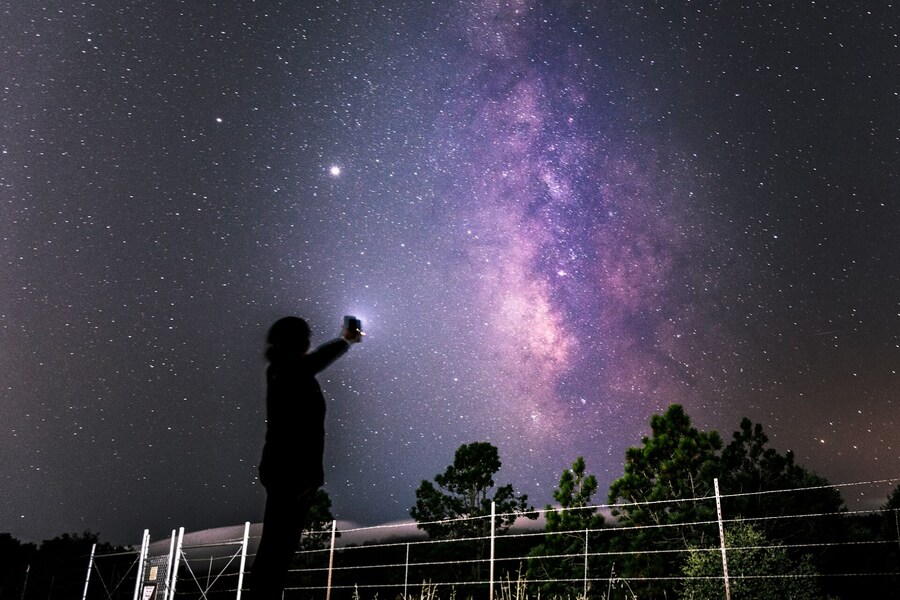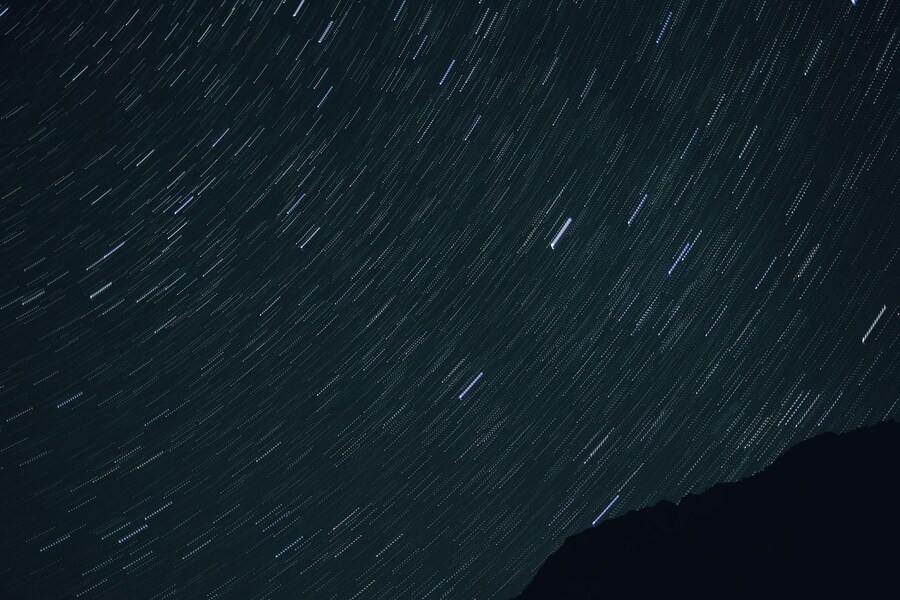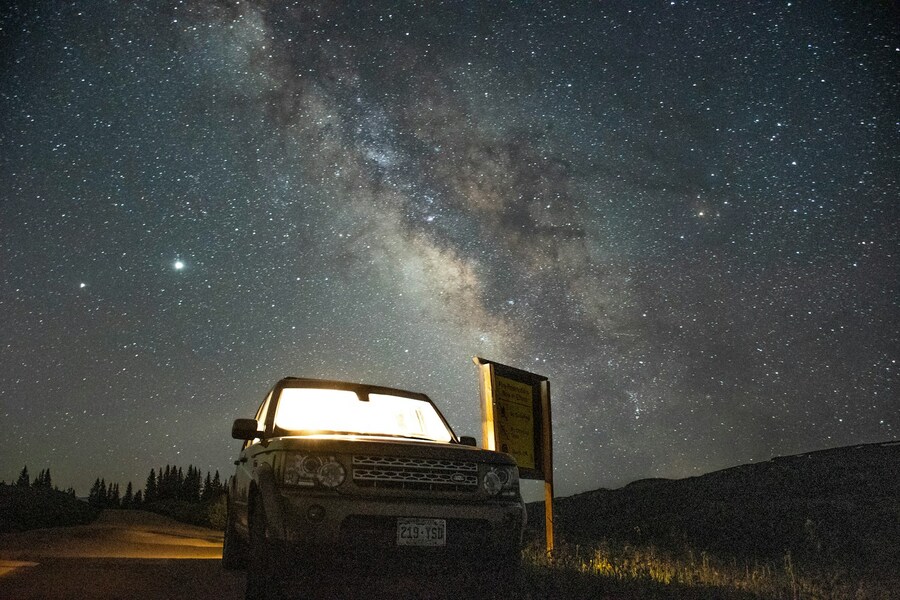While it begins in July, its most spectacular display occurs in August.
Ready for a celestial spectacle? Get set for the Perseids!

Source: Hari Nandakumar/Unsplash
The Perseid meteor shower reaches its zenith on the night of August 12th into the early hours of August 13th, potentially showcasing up to 100 meteors per hour, particularly in regions across the United States with minimal light pollution.
One of the year's most breathtaking celestial events, the annual Perseid meteor shower, is poised to grace the skies across much of the USA. Visible from mid-July through late August, this year's shower is anticipated to reach its brilliant peak during the night of August 12th and continue through the pre-dawn hours of August 13th. According to details provided by Space.com, to best experience the shower's peak intensity, observers should begin scanning the night skies around 11 p.m. local time on August 12th, when the frequency of visible shooting stars is expected to significantly increase. This prime viewing window will persist until the first light of dawn on August 13th, during which spectators can realistically expect to witness an average of up to 100 meteors streaking across the firmament each hour.
The Perseid meteor shower is a recurring phenomenon caused by Earth's yearly journey through the cosmic trail of debris – comprising minuscule bits of ice and rock – left behind by Comet Swift-Tuttle. This comet holds the distinction of being the largest known object to repeatedly traverse our planet's vicinity. These comet fragments hurtle through space at an astonishing speed of approximately 133,200 miles per hour, typically being no larger than a grain of sand. They become brilliantly visible as they encounter Earth's atmosphere, incinerating in a fiery burst of light that etches vibrant streaks across the sky. Despite these fiery atmospheric entries, it's exceptionally rare for any of this cosmic debris to actually reach the ground.

Source: John Zhou/Unsplash
The Perseid meteor shower is most readily observed from the Northern Hemisphere, though it can also be sighted from mid-southern latitudes. While technically visible from any location within the United States, the meteor shower's brilliance is dramatically enhanced and far easier to discern in dark-sky destinations, where the interference from artificial light pollution is minimal. In addition, seeking out a location with a wide, unobstructed horizon is highly beneficial, as tall buildings and mountainous terrain can significantly obscure the view. No specialized equipment like telescopes or binoculars are necessary to enjoy the Perseid meteor shower; however, Space.com advises allowing your eyes a full 30 minutes to properly adapt to the darkness for optimal viewing. It also helps immensely to have a general idea of the meteors' radiant point.
According to NASA, the meteor shower appears to originate, or "radiate," from the Perseus constellation, which itself follows the more easily located Cassiopeia constellation across the night sky. If you can successfully pinpoint Perseus, you will have a clear indication of where the meteors will spectacularly streak across the sky during the celestial event's peak. The Perseid meteor shower recurs annually in August, consistently offering an impressive display. However, looking ahead to 2028, the shower is predicted to evolve into a full-fledged meteor storm, promising an even more spectacular and intense show than the standard yearly event, making it a date for future stargazers' calendars.
ParkingNearAirports.io: stellar savings for skygazers!

Source: Nima Sarram/Unsplash
En route to prime viewing? Our reservation platform – ParkingNearAirports.io – offers cheapest airport parking customer service with instant booking. Choose secured airport park and ride lots and apply limited-time smart park coupon codes at checkout. More funds for telescopes, less stress for travelers!






